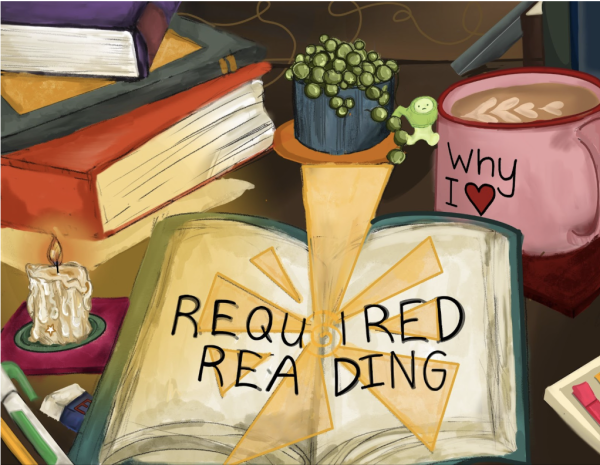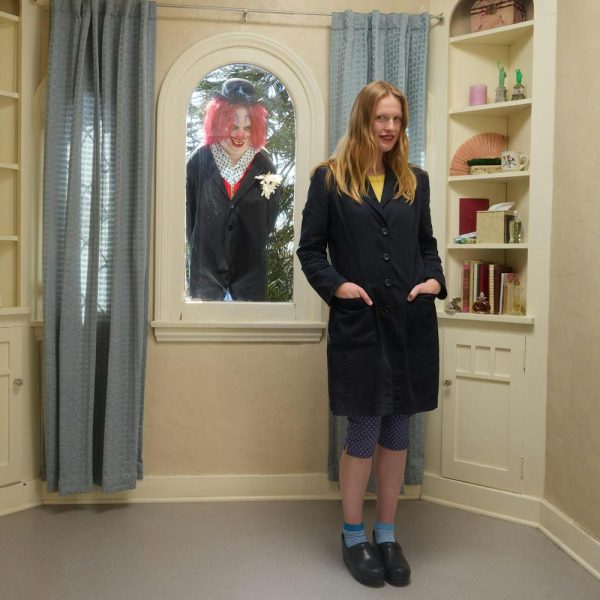The Backstory: Hershey’s Happy Accidents & Flavorful Failures
The Backstory is a column celebrating fun and forgotten history!
Any self-respecting American should still be reeling from a post-Halloween candy coma. Much of Halloween’s joy—and pain—can be credited to Milton Hershey, who’s known far and wide for sweetening American life with his innovative milk chocolate. Adopted by candymakers across the nation, his unique recipe defined the American chocolate we know and love today with the slight sour-tangy flavor that distinguishes it from its European counterparts. But Hershey’s success, it turns out, was more happy accident than Willy Wonka-level genius.
It all started at the 1893 Columbian Exposition in Chicago.
Perusing the world’s fair, Milton Hershey happened upon a chocolate making machine, and it kind of blew his mind. Yes, he’d already enjoyed huge financial success after founding a caramel company, but his heart was never really in the business. “Caramels are a fad; chocolate is permanent,” he declared. And so Hershey happily tossed his livelihood out the window to pursue a new kind of confectionary. He started by producing traditional dark chocolate—already a standard treat around the globe—but he dreamt of bringing fancy, European-style milk chocolate to the American people.
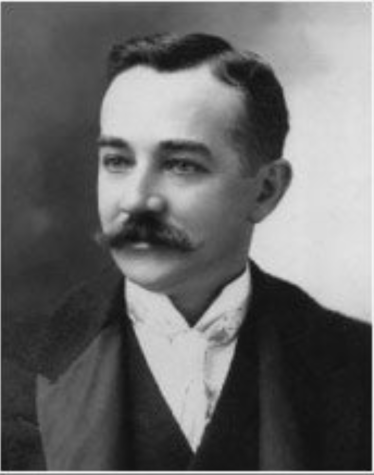
The Nestle company had already introduced milk chocolate to the mass market across the pond, but it was expensive and hard to come by in the United States. Hershey wanted to spread the chocolatey love to his fellow nationals. But it wasn’t enough to simply copy the European recipe, which was made from powdered milk—Hershey wanted to be quirky, and different, and cool. He recalled an old trick from his days in the caramel business, when an employer and mentor had taught him to make caramel extra creamy by using fresh milk. He decided to reach for the stars, believing he could make a great thing greater by adding this uniquely creamy texture to his new favorite treat.
Hershey was no chemist, and he was no traditional businessman. He was more like a really excitable Labrador retriever. Or possibly Elon Musk. Or maybe a hybrid Elon-Musk-Labrador-retriever (A “Muskrador”?). Hershey made up for his lack of chemistry or dairy farming experience by hiring a huge team of scientists and cows, all of whom he plopped in a huge self-sustaining compound in Pennsylvania. He figured the rest would work itself out. It didn’t.
In enthusiastically throwing his entire fortune at cows, chemists, and real estate like a rich and reckless puppy, Hershey made just a teeny-tiny error: he overlooked the fact that it’s chemically impossible to make solid chocolate with fresh whole milk. It’s just too watery to mix with cocoa products! But even when Hershey realized he’d blown his fortune on investments in brown, sludgy goo, he wasn’t ready to give up.
Hershey tried to condense his milk: It was still too watery.
He tried using cream: It curdled.
He tried using skim milk: It spoiled.
Met with failure after failure, Hershey finally reached the only logical conclusion … the cows were to blame. Hershey moo-ved on to a different breed, swapping all of his Jersey cows for Holsteins before repeating his experiments.
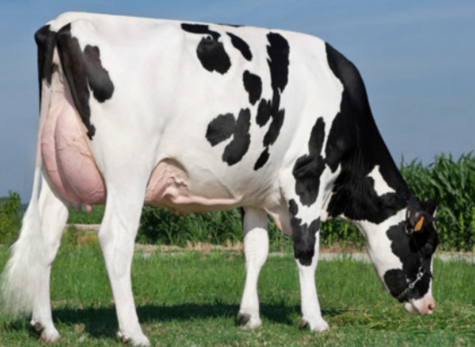
Wildly, he hit the jackpot! Skim milk from Holsteins, when condensed with sugar, provided the perfectly thick, stretchy consistency Hershey required to produce tasty chocolate. Additionally, the new formula created a unique flowy-gloopy consistency. This enabled the substance to flow through Hershey’s factory in beautiful, smooth, cascading waves of chocolate—cutting back on the manual labor needed to make chocolate and streamlining Hershey’s factory. This allowed him to mass-produce chocolate like nobody’s business. Literally. And thus, he achieved his dream of becoming America’s top chocolate producer.
Hershey milked his string of innovative accidents to condense the chocolate-making process and bring a unique and lucrative product to the American market. But was it really the “fresh” solution he sought to achieve? I’m not so sure. Hershey avoided using powdered milk, but the unique sour taste of Hershey’s chocolate actually comes from the slight spoiling that occurs when milk is condensed. Still, the folks in marketing concluded that chocolate “made with fresh milk!” sounds a lot sweeter than chocolate “made with rancid condensed milk!” And Hershey’s employs that fresh milk narrative to this day.
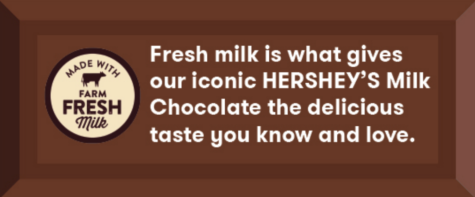
Fresh milk? Not so much. Sweet success? Somehow! By sacrificing one dream, Hershey realized another:
With commitment to a very personal, very random dream, absolutely no clue what you’re doing, willingness to bang your head against the wall until something new happens, and a variety of cows, you can watch the chocolate—and money—flow in.

Ilena is passionate about stories— especially histories— good snacks, and bad puns. She has been on Spyglass for a very long time. Ilena is a senior.




























![Dr. Zanita Kelly, Director of Lower and Middle School, pictured above, and the rest of Westridge Administration were instrumental to providing Westridge faculty and staff the support they needed after the Eaton fire. "[Teachers] are part of the community," said Dr. Kelly. "Just like our families and students."](https://westridgespyglass.org/wp-content/uploads/2025/03/dr.-kellyyy-1-e1748143600809.png)
























